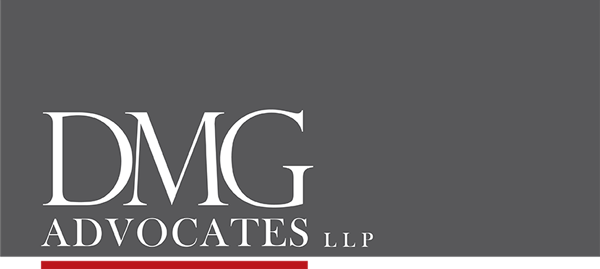November 21, 2023
by John Mather and Michael Robson
Negligent design and manufacture claims often start at the end. A plaintiff is hurt while using a product and concludes that their injury is the result of a defect in that product.
The law, however, is not that simple. At some point, the plaintiff must prove what, exactly, was defective in the product’s design or manufacture. The vague notion that “something must be wrong” is not enough.
Plaintiffs and defendants regularly spar about how much detail the plaintiff needs to provide and when.
Some defendants have taken the position that these details must form part of the initial allegations in the Statement of Claim. The recent Court of Appeal decision in Fernandez Leon v. Bayer Inc., however, offers plaintiffs more leeway to make vague allegations first and provide details later.
The upshot for manufacturers is that they are less likely to successfully strike a claim for lacking in detail as to the nature of the defect. Manufacturers can still press for particulars before defending and in advance of discoveries – and doing so may now be more prudent. Broad pleadings can lead to fishing expeditions on discovery. Particulars, in turn, can narrow what is relevant.
Background
The appellants, Arianna Fernandez Leon and Bolelsaw Brzozowski, brought an action alleging that an implanted medical device called Essure, a permanent form of female contraception, caused injury to Ms. Leon.
The appellants’ claim against Bayer was set out in a single paragraph in the Statement of Claim as follows:
-
-
- As to the negligence of Bayer Inc.:
-
(a) The design of the Essure device was defective;
(b) The manufacture of the Essure device was defective;
(c) They failed to maintain adequate quality control of the subject product;
(d) They failed to recall, or otherwise correct the defects;
(e) They knowingly designed, manufactured, distributed, marketed and sold a product that they knew, or ought to have known was defective;
(f) Such further and other negligence which is within the knowledge of Bayer Inc.;
(g) They hired incompetent servants, agents or employees.[1]
Bayer subsequently brought a motion to strike the appellants’ pleading as it failed to identify a specific defect with their product, and therefore Bayer did not know what claims were being made against it and the material facts underpinning those claims.
The motion judge found that the plaintiffs’ claim consisted solely of unsupported allegations and conclusory statements. She went on to find that the claim should be struck without leave to amend as they had been given notice of the deficiencies in their claim and there was “no benefit in permitting the plaintiffs to try and find some tenable basis in fact for a claim against Bayer when none has been found by them to date”.[2]
The Appeal Decision
The appellants appealed on the basis that the motion judge erred in failing to grant leave to amend the Statement of Claim.
Prior to the appeal, they delivered a draft amended claim that particularized the connection between the injuries suffered by Ms. Fernandez Leon and the impugned product. The amended claim alleged that the injuries arose as a direct result of the defective product and that Bayer had stopped selling and distributing the device at the end of 2018.
Nonetheless, Bayer maintained its position that the claim was deficient as it failed to allege a specific defect with its product.
The Court of Appeal found that the motions judge had erred in refusing to grant leave to amend the statement of claim. It emphasized that leave to amend a statement of claim should only be denied in the clearest of cases, when it is plain and obvious that there is no tenable cause of action, the proposed pleading is scandalous, frivolous or vexatious, or there is non-compensable prejudice to the defendants. The fact that allegations are bald and lack supporting material facts is not itself a reason for refusing leave to amend.
Specifically, the Court of Appeal held that not every product liability case requires that a plaintiff allege a specific defect in the impugned product. It emphasized, in cases like this one, such a requirement would place too high a burden on a plaintiff at the early stages of a proceeding.[3] In doing so, the Court of Appeal distinguished individual actions based in product liability from class proceedings, which require that the proposed representative plaintiff show “some basis in fact” that the defect is common across the proposed class.[4]
Takeaways
As a general note, this decision needs to be read in the context of medical device claims. Medical devices are a class of products that Canadian courts have recognized attracts a higher duty of care from manufacturers.
In any event, the Court of Appeal’s decision does not relieve plaintiffs of their obligation to prove a defect on a balance of probabilities. It does, however, give plaintiffs more runway to make general allegations of negligence, and then seek to substantiate them through discoveries.
The court notes that defendants may continue to demand particulars from plaintiffs prior to defending. A decision like this is useful reminder that a demand for particulars can be an important tool. Faced with an overly-broad pleading, a defendant can use particulars as a way to narrow the claim and, in doing so, the scope of discovery.
[1] Leon et al. V. Vilos et al., 2022 ONSC 5837, at para. 6.
[2] Ibid, at paras. 20 and 27.
